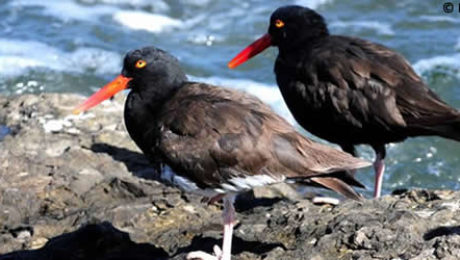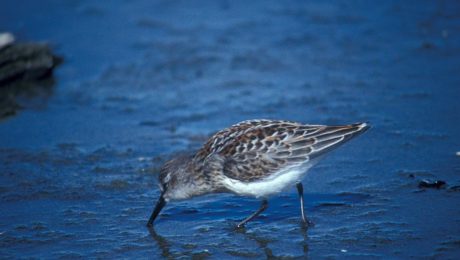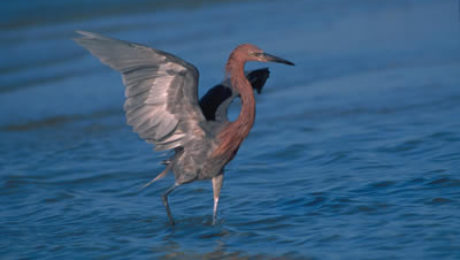Coordinated Waterbird Monitoring in Coastal Wetlands of Northwest Mexico
Project Description We will develop and implement a standardized monitoring protocol through a network of regional partners and in coordination with partners in the United States. Our goal is to measure population trends and spatial distribution of waterbirds in relation to changes in habitat, disturbance, climate change, and other limiting factors. Learn More Eduardo Palacios
- Published in Awards Program
Conservation of Belding’s Yellowthroat in Two Oases in the Cabo Region of Baja California Sur
Belding’s Yellowthroat (Geothlypis beldingi) is an endemic species from the Baja California Peninsula. It’s considered endangered (Mexico and IUCN) and inhabits peninsular oases.
- Published in Awards Program
Conserving American Oystercatcher in northwest Mexico
The American Oystercatcher is a large and charismatic shorebird that lives on sandy beaches, islands, and coastal wetlands of the temperate and subtropical zones of the Western Hemisphere.
- Published in News
Coordinated shorebird monitoring at 11 WHSRN sites in northwest Mexico
A momentous workshop was held in October 2011 in Mazatlán, Sinaloa, to develop the first-ever standardized shorebird-monitoring protocol for Mexico.
- Published in News
Workshop to form hypotheses and develop protocols for examining probable causes of population declines in shorebirds
Project Description We propose to conduct a workshop to establish a methodological framework for testing hypotheses that could explain the decrease in population size of shorebirds in the Western Hemisphere. The shorebird monitoring program in the Northwestern Mexico is coordinated by Terra Peninsular and supported by CRIMBI (USFS) began in 2011 and will continue through
- Published in Awards Program
Christmas Bird Count report: La Paz, Baja California Sur
The seventh Ensenada de La Paz Christmas Bird Count was hugely successful. A total of 23 participants documented a record 153 species. Some highlights included 541 Marbled Godwits, one Hermit Thrush, twenty-two Reddish Egrets and one Pomarine Jaeger.
- Published in News
Mexican seabird colony catalog and monitoring database
Project Description In western North America, seabird colony catalogs and monitoring programs exist for all of Alaska, Washington, Oregon, California, and Hawaii. The next logical step is Mexico. A seabird colony catalog is essentially a list of all known seabird colonies in a given region, with best available information on species composition and population sizes.
- Published in Awards Program
Community outreach in La Purísima for bird conservation, Baja California Sur
Project Description This project will work with community members of La Purísima, Baja California Sur, to gain a better understanding of the importance of the region to birds. Specific objectives include: (1) obtain an description of the birds of the region throughout the annual cycle in order to determine bird use of this oasis; (2)
- Published in Awards Program
Community participation in shorebird monitoring (with emphasis on Marbled Godwit and Red Knot) in the Guerrero Negro Lagunar Complex, Baja California Sur
Project Description This project involves an annual monitoring effort of the shorebirds that winter in the Guerrero Negro-Ojo de Liebre Lagunar Complex, located in the central western portion of the Baja peninsula. This is the one of the principal wintering site for shorebirds in this region. We will continue with the banding and re-observation of
- Published in Awards Program
The 2006 Veracruz Model: an innovative approach to training, stewardship, and capacity building for wetland conservation in Mexico
Project Description Since 1996, the Arizona Game and Fish Department has partnered with various wetland organizations and scientists from the United States, Canada, and Mexico, and the Ramsar Convention to offer training opportunities for wetland managers in Mexico. From 30 January – 12 February 2006 the 8th Wetland Training Course will take place in the
- Published in Awards Program


 English
English  Español
Español 


